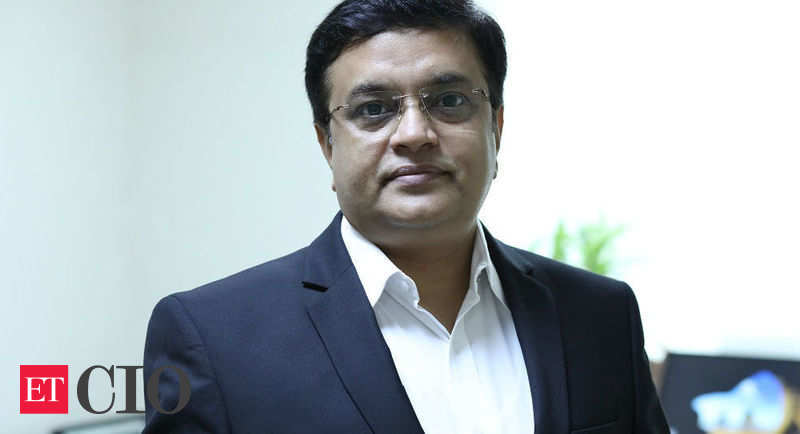In an interview with ETCIO, Prashant Singh, CIO, Max Healthcare, provides a peek into the new technology projects lined up for 2020.
Edited Excerpts-
Max Healthcare is leveraging AI aggressively. At what levels of maturity are these projects?
Various use cases of AI in radiology have already been evaluated, specifically in X-Ray and CT. These are at different stages of outcome maturity and would soon get integrated with the PACS workflow. AI would enable precision imaging approaches, thereby allowing medical imaging to play a larger role in the precision medicine paradigm. We are also creating a De-Identified Data Lake (DIDL) comprising clinical and non clinical data, which can be further used for various other AI projects. Various APIs and integration scripts have been developed for seamless communication between the AI model and the existing software platform for assessing MOS (Measure Of Success).
Please throw light on some of the innovative technology projects that you are pursuing?
Overall assessment of the technology footprint, and its use cases, has already been completed, resulting in a clear opportunity in terms of enhancement and optimization. EMR enhancement is one such project on the priority list. It will increase compliance and help capture data at the patient bedside or point of care. Complete health records such as X-ray, vitals, prescriptions, medical history, previous consultations, and discharge notes of the patients become accessible to the physicians on mobile.
Other use cases of AI in pathology, disease prediction, patient bill estimation etc. are under way.
There are a lot of opportunities to bridge the missing link in patient care delivery system and experience. There are several PoCs underway for complementing existing systems such as patient movement tracking in pre-op, OT, and post-op aimed at allaying attendant anxiety.
Virtual Tumor Board is another project where digitalization can help join the dots by consolidating information from disparate systems, thereby leading to quicker decision-making and start of the treatment.
We are enhancing patient experience through consolidating various patches of applications into a single future-ready platform. This platform will consolidate and connect various other technology pieces to offer seamless experience for patients starting from appointment and cutting across various touch points.
Recent advances of 3D printing in healthcare have led to lighter, stronger, and safer products, reduced lead times, and lower costs. Custom parts can now be tailored to each individual. This improves the understanding of patients and improves patient comfort level by allowing products that are designed especially for their anatomy.
We are exploring usage of BLE (Bluetooth Low Energy) in various cases like patient tracking, hand hygiene compliance monitoring, asset tracking etc. Use of big data and analytics, in the area of clinical data, is being discussed discussion with various technology partners.
What challenges do you confront while planning for new projects?
It is not necessary that all technologies and projects that you are planning to invest in take off as desired. Also, there are few scenarios or situations when you realize that a particular project or technology may not be the best fit. Then there are times when there are various challenges with respect to adoption and integration.
Interoperability is one of the foremost challenges that comes across in many implementations. As various startups are entering the healthcare space, at times it becomes difficult to choose the best fit for your environment as the bandwidth to test these solutions becomes a bottleneck.
At times the ownership from the business in terms of rolling the project becomes a challenge because of the prevailing operational load on the respective department. The success of any project depends on the level of ownership as well as financial viability.
What’s your technology roadmap for 2020?
Our major focus areas going forward are patient engagement and Safety, increase in transparency, cost optimization, and more enrollment of clinical research subjects. Our selection of newer technologies revolve around seeking outcomes for these indicators. While deciding on any new technology initiatives, key indicators driving business MOS are ascertained to avoid confusion in analyzing the impact.
Cyber Security being the biggest threat also takes its inevitable priority. Hence, more attention has been planned for VA/PT and BCP.
Along with deeper penetration and more adoption of AI in healthcare, I see Augmented Reality (AR) is another big thing capable of revolutionizing efficiency and cost optimization aspects of surgery, while improving error rates owing to the high degree of precision offered in terms of surgical navigation and locating targets within the patient’s body.




.svg-225x125.png)











